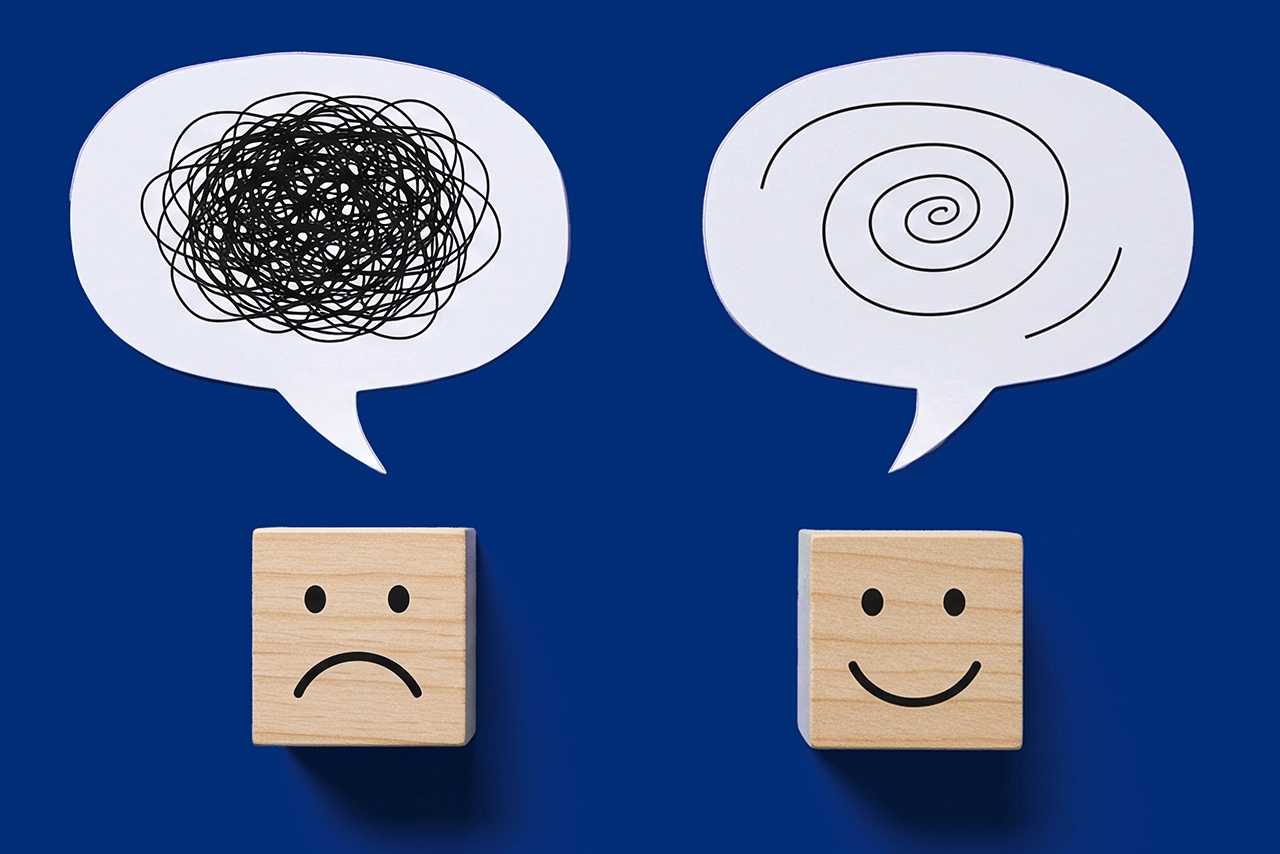To provide services at the highest level, we use cookies. Using the website requires you to choose settings related to their storage on your device. If you want to know what each type of cookie is used for, click the Details button below.
Emotional disorders - how to recognize and treat them 5 lipca 2025 |

Emotional disorders are difficulties in experiencing and regulating emotions that significantly impact daily functioning. They are not temporary mood dips, but persistent conditions that include anxiety disorders, depression, and personality disorders. Affected individuals often cannot respond emotionally in appropriate ways, leading to conflicts, social isolation, or even burnout.
Symptoms vary depending on the disorder but commonly include: excessive irritability, anxiety, feelings of emptiness or meaninglessness, relationship difficulties, impulsivity, emotional outbursts, sleep disturbances, concentration problems, low self-esteem, chronic fatigue, and a sense of loneliness or being misunderstood.
Such individuals may behave unpredictably?ranging from extreme withdrawal to impulsivity or aggression. They may be hypersensitive to criticism, experience mood swings, and struggle with maintaining stable relationships. Often, they don?t understand the source of their emotions, which can lead to frustration and worsening symptoms.
Yes, depression is one of the most common emotional disorders. It is marked by prolonged low mood, lack of motivation, loss of interest, and low energy. It can interfere with work, relationships, and daily life, and requires diagnosis and appropriate treatment?both psychotherapeutic and pharmacological.
Clinically, both are classified as mental health conditions. In everyday language, however, emotional disorders and mental illnesses are often distinguished by severity and cognitive impact. Mental illnesses like schizophrenia involve serious disruptions in thought, perception, and reality, while emotional disorders mainly affect the emotional sphere. Both require professional help, though emotional disorders are often harder to identify.